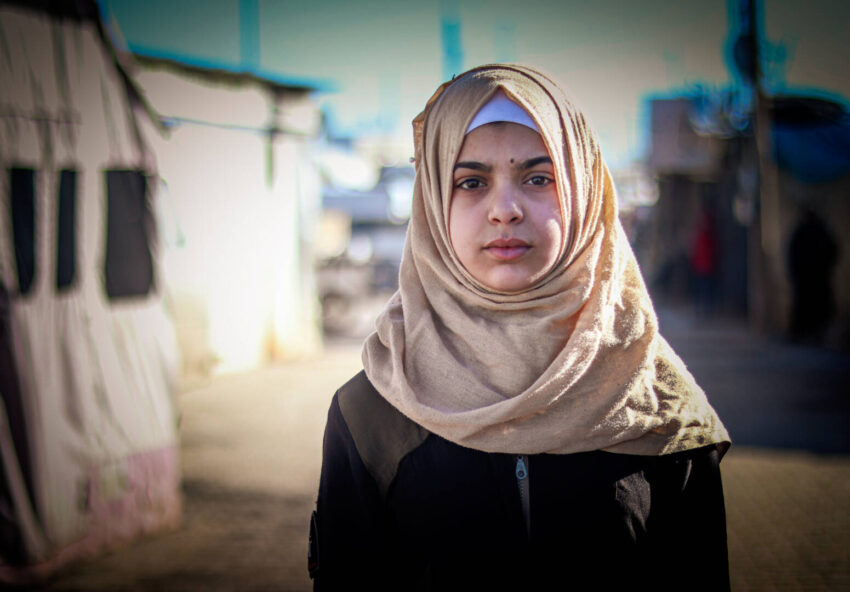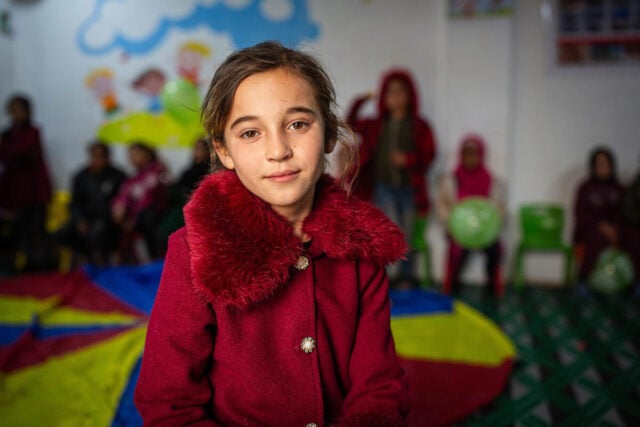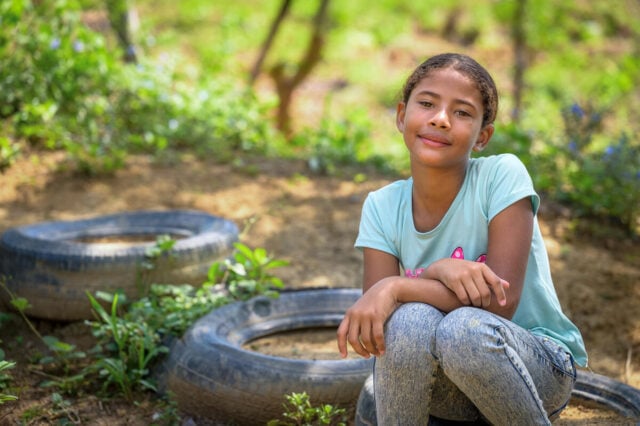The Syrian civil war began in March 2011. A decade later, about 5.6 million Syrians remain refugees in other countries in the region, and another 6.2 million people are displaced within Syria. Over 11 million people in Syria need humanitarian assistance.
Children bear the brunt of the crisis. About half of Syria’s displaced population are children — kids who’ve never known their country in times of peace. Some, born as refugees, have never even seen the homeland of their parents. Child refugees seeking safety in the region’s camps call tents their homes and often experience a life filled with stress. Over 2.4 million children in Syria are missing out on an education because of the conflict.
Since the Syrian refugee crisis began, we’ve helped more than 6.5 million children throughout the Middle East. Our work includes providing healthcare, emergency food, shelter repair kits, livelihood support, and clean water, sanitation, and hygiene behavior-change support. We also create safe spaces for children where they can learn and play, and offer psychosocial support for women and children.
To mark the 10th anniversary of the conflict, we’re sharing the voices of 10 teens from Syria. For them, life is unpredictable, and each year is different. But with the help of World Vision, they’re learning skills to help them heal and a chance to dream of the future.
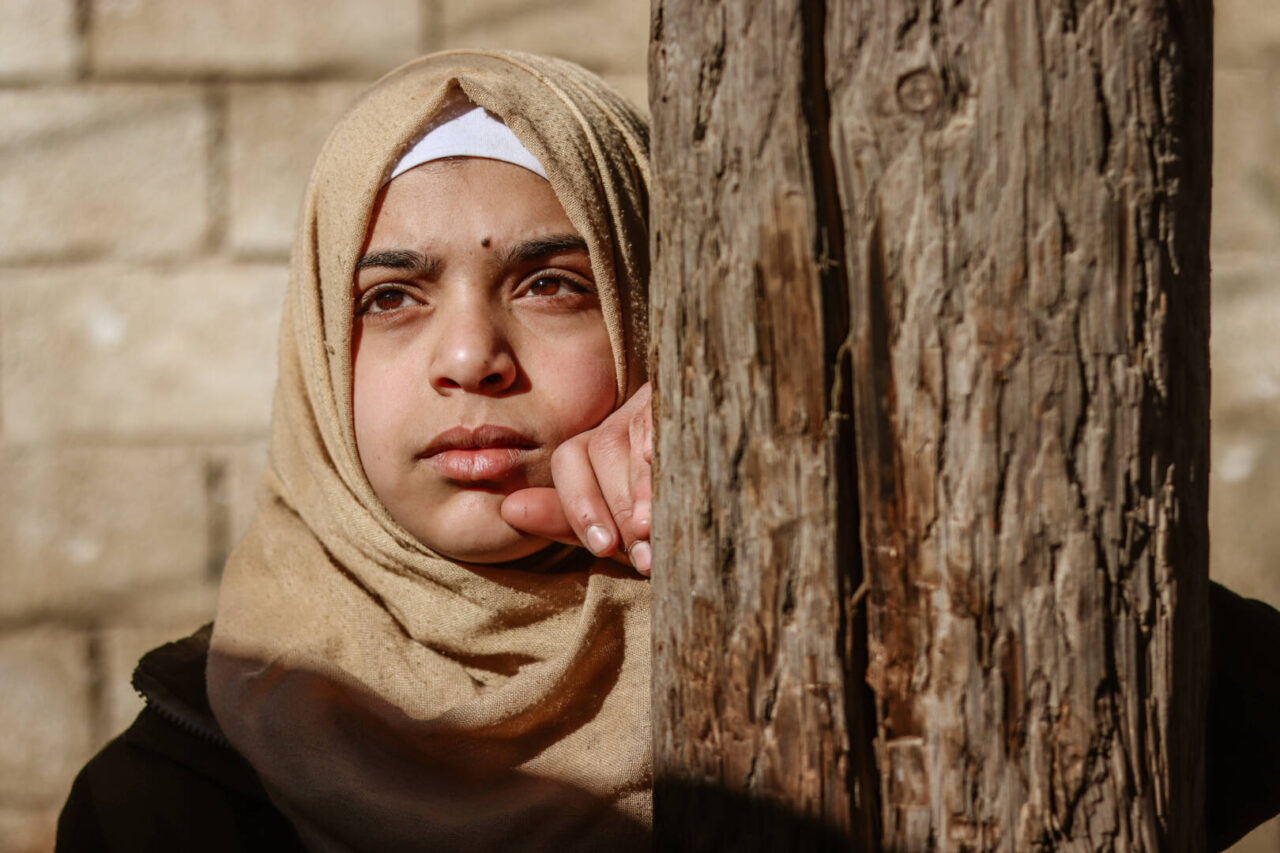
Dara*
Thirteen-year-old Dara had family and friends in Aleppo. “After the airstrikes intensified in my hometown, I went to the camp on a bus with my parents,” she says. Her parents separated shortly after their arrival at the Bab al-Salama border, where Dara now lives with her grandparents. She attends a World Vision Child-Friendly Space, where she’s learning “awareness and education on child issues — useful activities that have helped me to acquire skills such as handicrafts and communication.” It’s her solace, the space. “I want to teach my grandparents what I have learned and raise their awareness,” Dara says. She aspires to become a teacher.
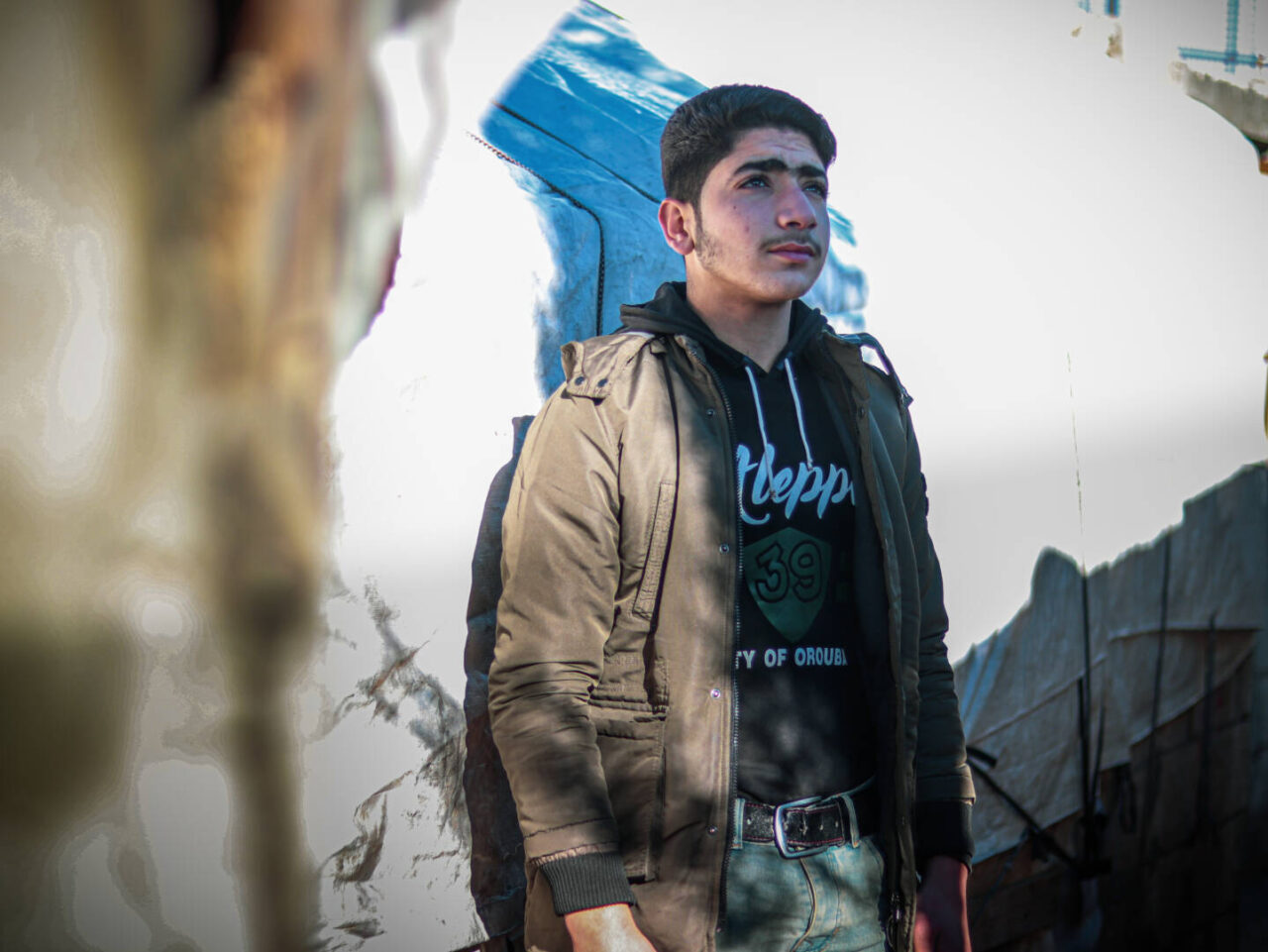
Jameel*
Sixteen-year Jameel’s goal is to be a defender on the soccer field and a champion of justice in the court. He misses his home in Aleppo, a stark contrast to the ramshackle shelters that poorly house his family at the Bab al-Salama border crossing with Turkey. “My life would be much better if I were to live in a house, not a tent,” Jameel says. The brightest spot of his day is spending time with World Vision staff, who are supporting teens like him with psychosocial support. During this time, he’s able to let down his guard and share his feelings and hopes for the future: “My dream is to become a lawyer so I could defend oppressed people.”
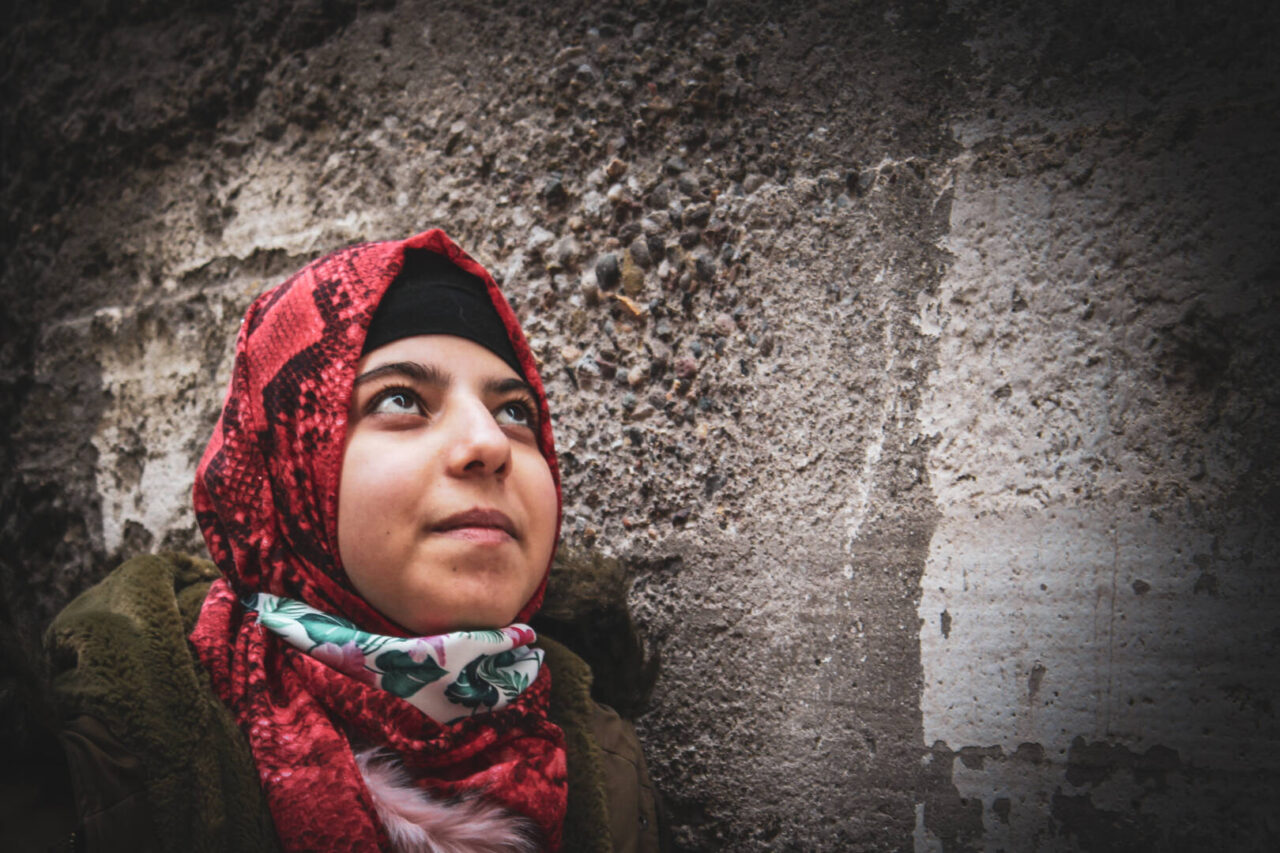
Jumana*
If she could, 15-year-old Jumana would be surrounded by paint and clay. She loves art, both the study of it and the creation of it on canvas. “My dream is to paint and make art in the future,” Jumana says. “What I need for this is the education and material.” Jumana, her parents, and her four siblings fled Syria and traveled to Ankara, Turkey, when she was in fifth grade. “I only remember that we came to Turkey by bus and nothing else,” Jumana says. There are many moments she’d like to forget, like the time three years ago when her father left and never returned. She’s grateful for World Vision’s support. “We get to benefit from your services,” Jumana says. “You’re providing information, referring us to the services, and we go to the trips with your organization.”
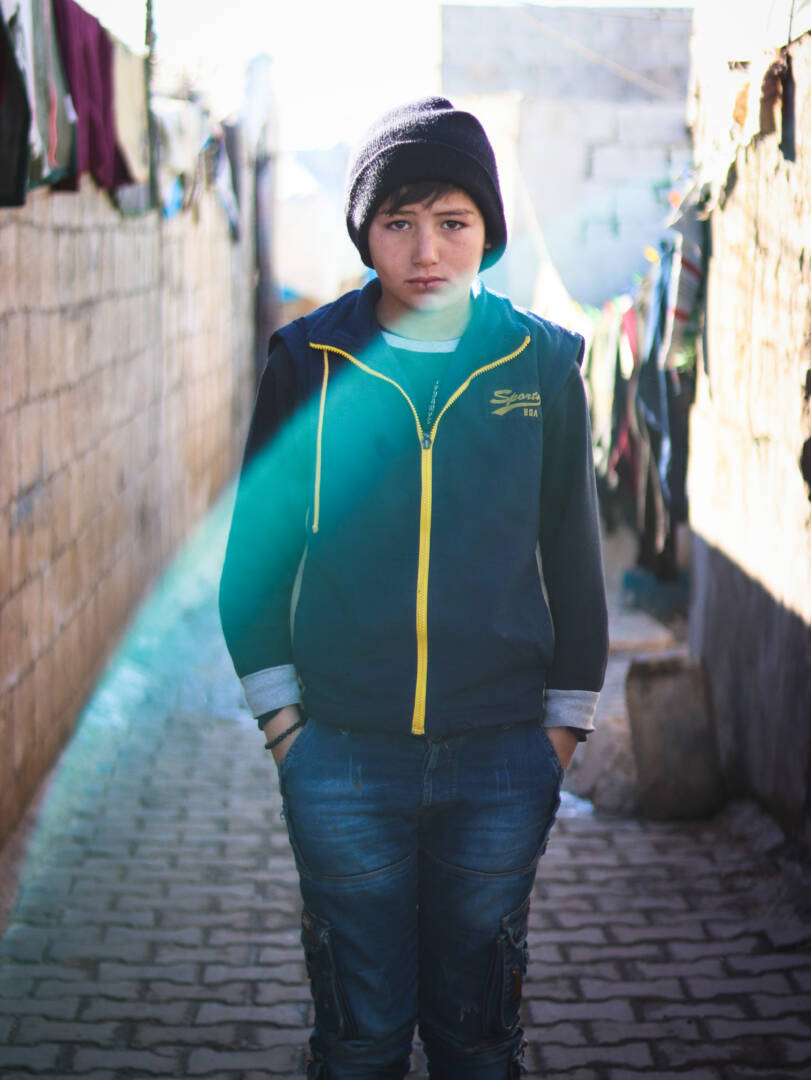
Khaldoun*
Twelve-year-old Khaldoun misses his life in Aleppo, Syria. He wants to go back to his hometown, attend school, and play with his friends. He wants the war to end. He says he’s grateful to attend a World Vision Child-Friendly Space, where he gets to be a kid. “I get to play with my friends in a clean, spacious, and safe place — to learn useful activities, to do activities with my siblings,” Khaldoun says. “The best moments are when I spend time with my friends in the center. When I am in the center, I forget that I am living in this camp.” He dreams of being a teacher.
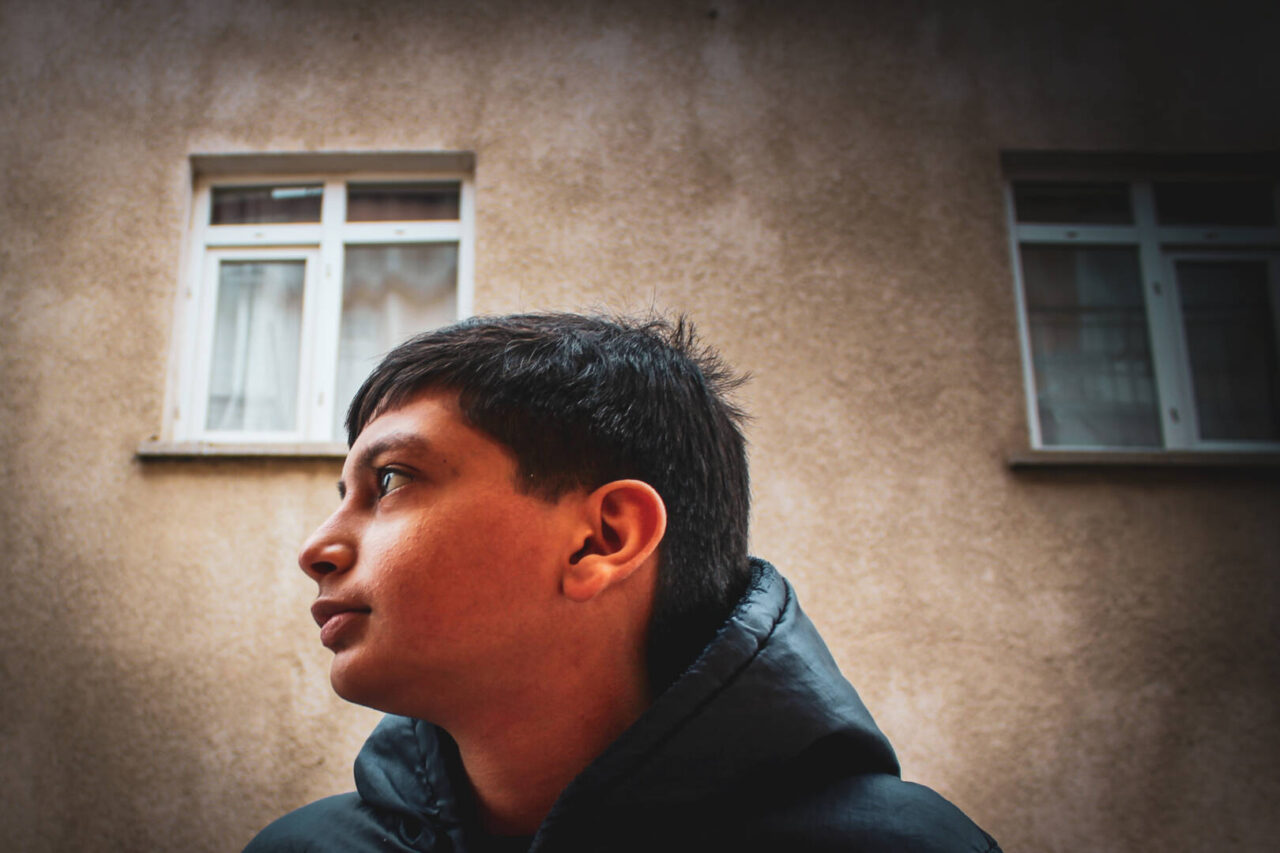
Zaid*
Thirteen-year-old Zaid’s family is seeking asylum. “We have come to Turkey on foot. We tried to come 13 times, but the police were grabbing us and sending us back,” he says. “We walked under the wall and waited under the olive tree until 12 a.m. I was 11 years old then, and at that time I was very scared while walking.” Since 2019, World Vision has provided 8,000 refugees like Zaid with information to access essential services in Turkey. Staff also accompany refugees when they need help accessing external services such as health, education, legal, or psychosocial support. Zaid dreams of becoming a firefighter.
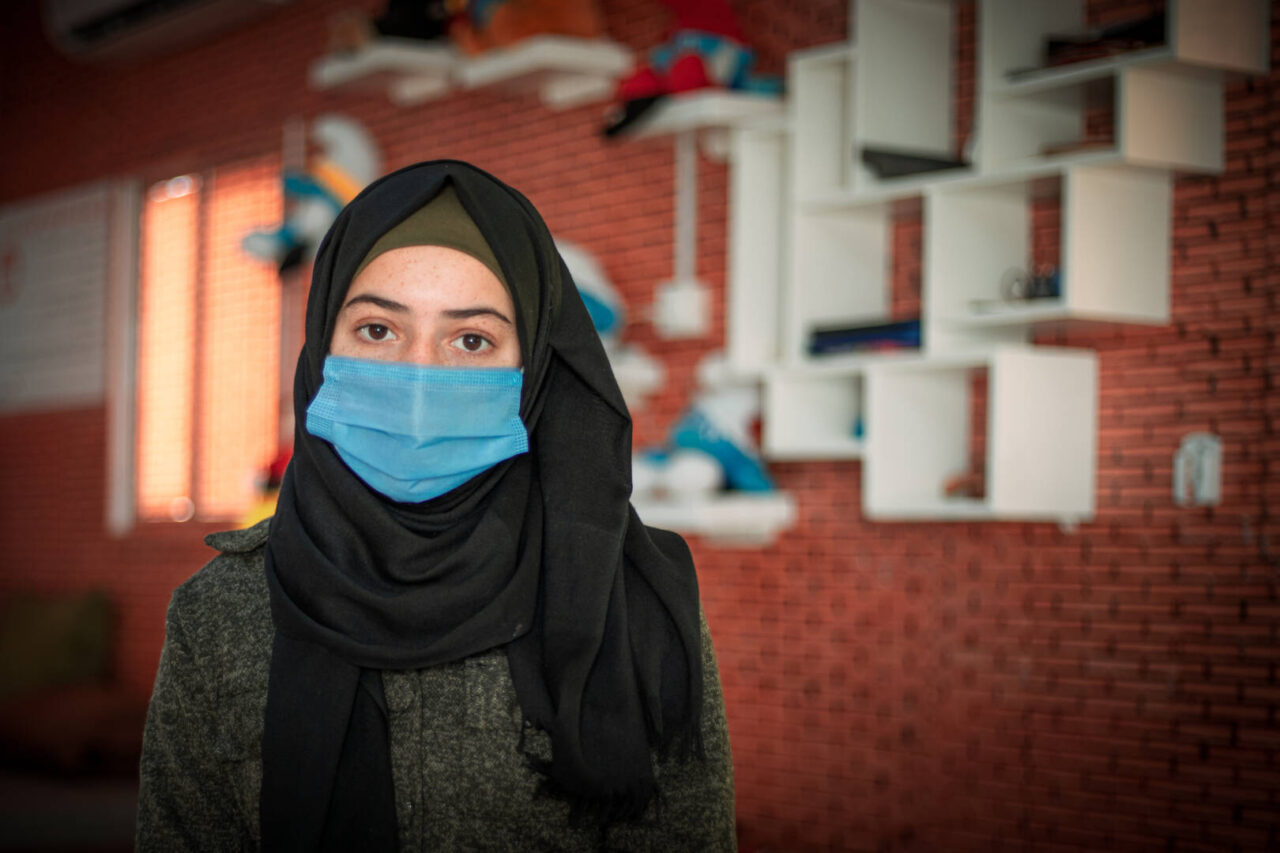
Ola
Seventeen-year-old Ola was barely 12 when her family lined up at the gates of Azraq refugee camp in Jordan. The loss of her home and her school felt like too much to bear, but she had an even greater fear: “I am most worried about losing a family member to the conflict,” Ola says. “Not just that, but I am also worried I would be forced to work to provide for my family.” More than 2,300 children and teens, like Ola, have participated in the Peace Center program, which aims to provide refugee children with tools to develop their character and cope with the stress and anxiety they often face. She wants to teach other children the skills she’s learning through World Vision.
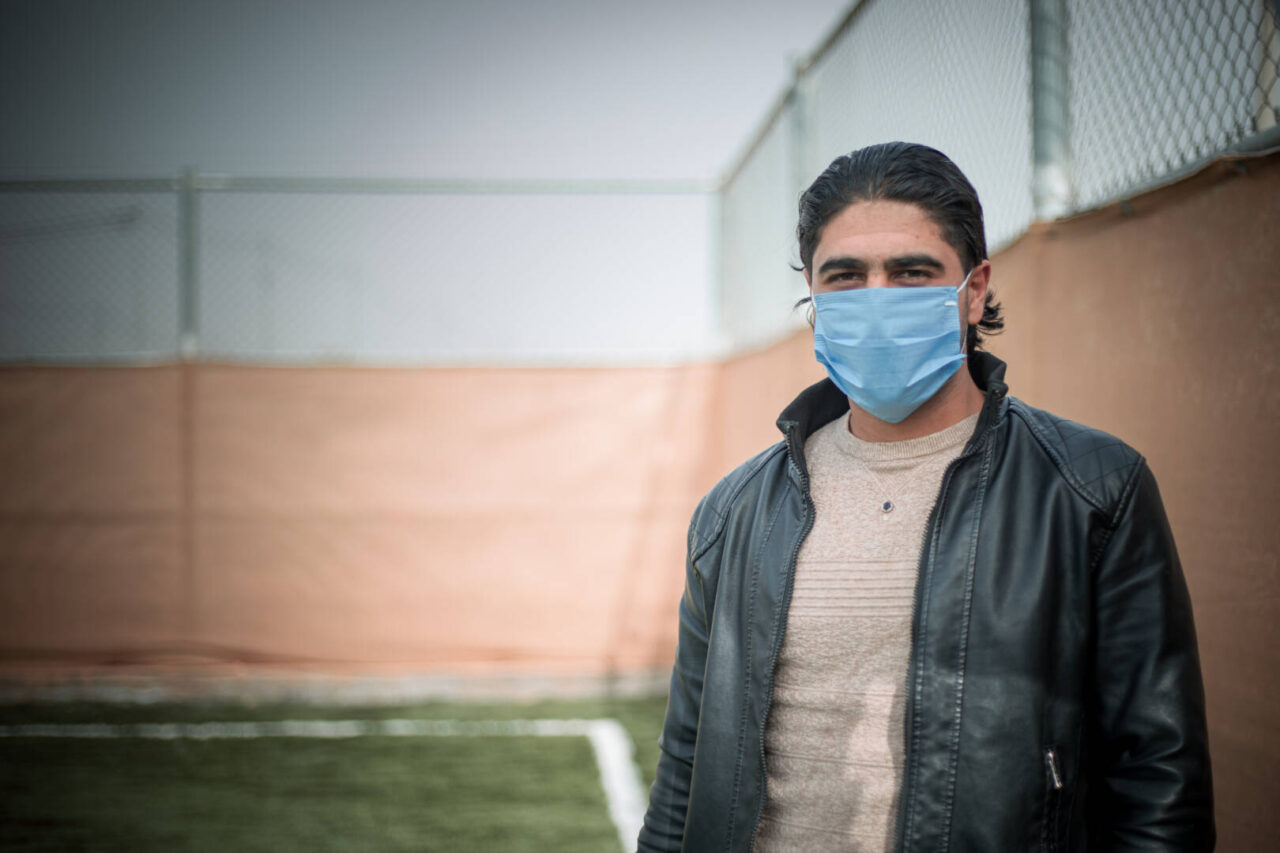
Ali
Conflict shattered 18-year-old Ali’s ability to complete school. Once top of his class, he’s missed all of high school because of conflict and forced displacement. He and his family have lived in a Jordanian refugee camp since 2016. Some refugee children have never been to school, while others are unlikely to ever return for an education. Ali joins 2,300 other children and teens who attend one of World Vision’s child protection programs. “I go to the psychosocial support centers when I feel stressed or anxious,” he says. Because of the good care he’s gotten, Ali wants to work for an aid agency to provide psychosocial support.
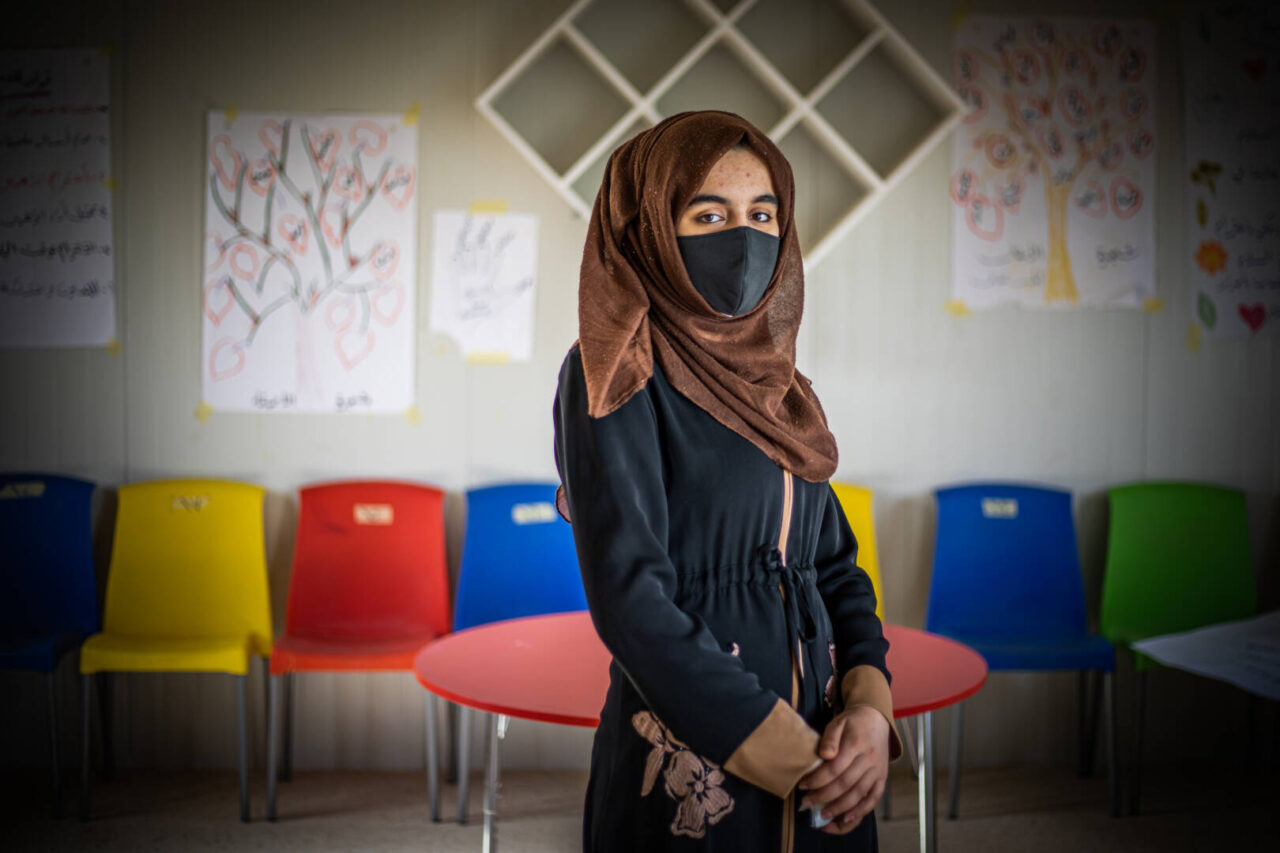
Raghad
Seventeen-year-old Raghad wishes life were kinder to girls. She longs for a safe place, an opportunity to attend school, and a time when her stomach doesn’t ache with worry. She’s seen enough war and turmoil. Raghad made her way to Jordan in 2016 with her parents and five siblings. Like most displaced Syrians, the family had to move at least three times. “I dream of the reconstruction of my country, of Syria, so I can live in safety,” Raghad says. She participates in child protection activities offered by World Vision, where she can “learn new skills, enjoy recreational activities.” Raghad dreaded seeing her sister and peers become child brides, and today she advocates on behalf of other girls. “My community needs to raise awareness about adolescents, especially girls, their rights, their studies, and gender,” she says. “These are very necessary for us.”
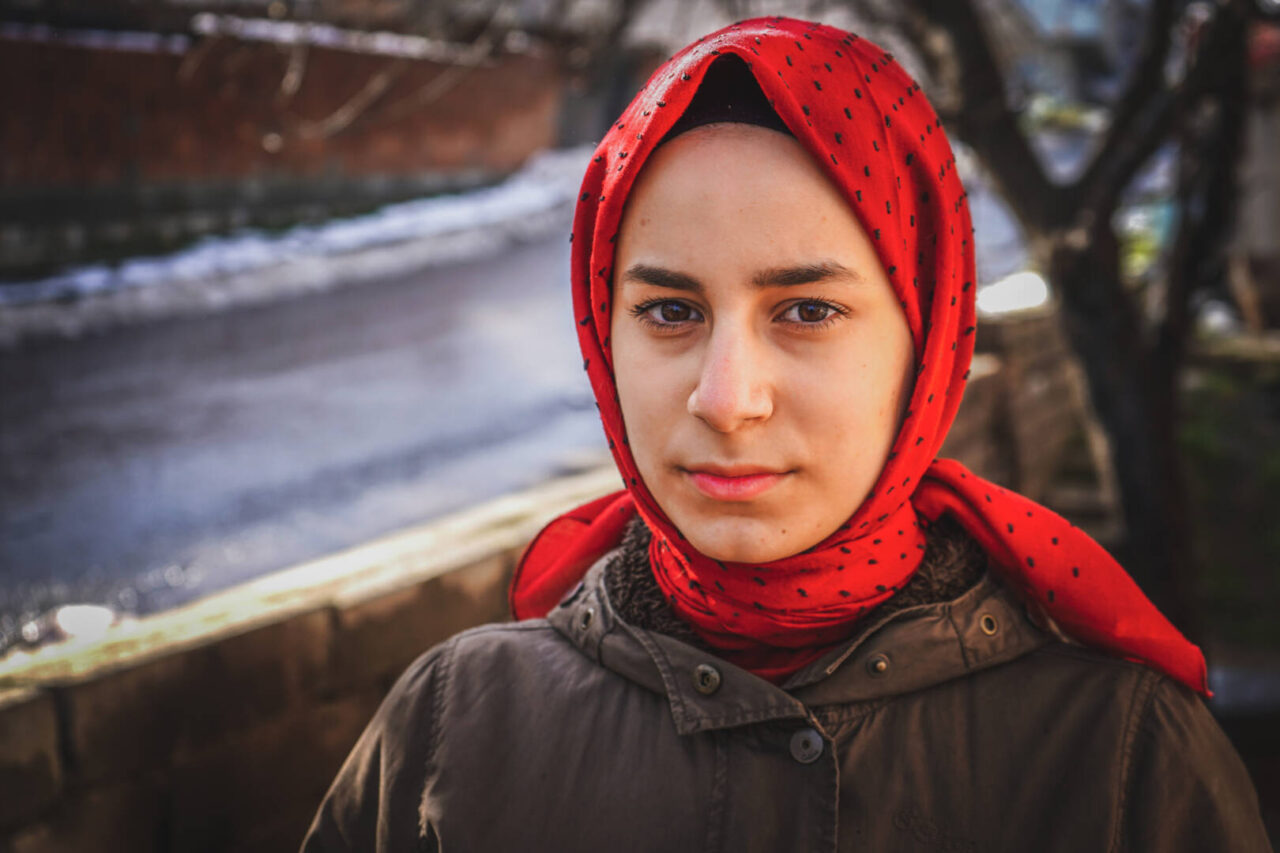
Nadine*
Nadine wants to find her place in a better world. The 15-year-old lives in one of the most refugee-dense neighborhoods in İstanbul, Sultanbeyli, where she attends World Vision’s psychosocial support program. There, she’s learning skills to help her cope with past traumatic events. By gaining a better understanding of the impacts of her childhood experience, Nadine hopes to help others as she heals and grows. “I want to work in the future,” she says. “I would like to put an effort in order to reach my dreams.”
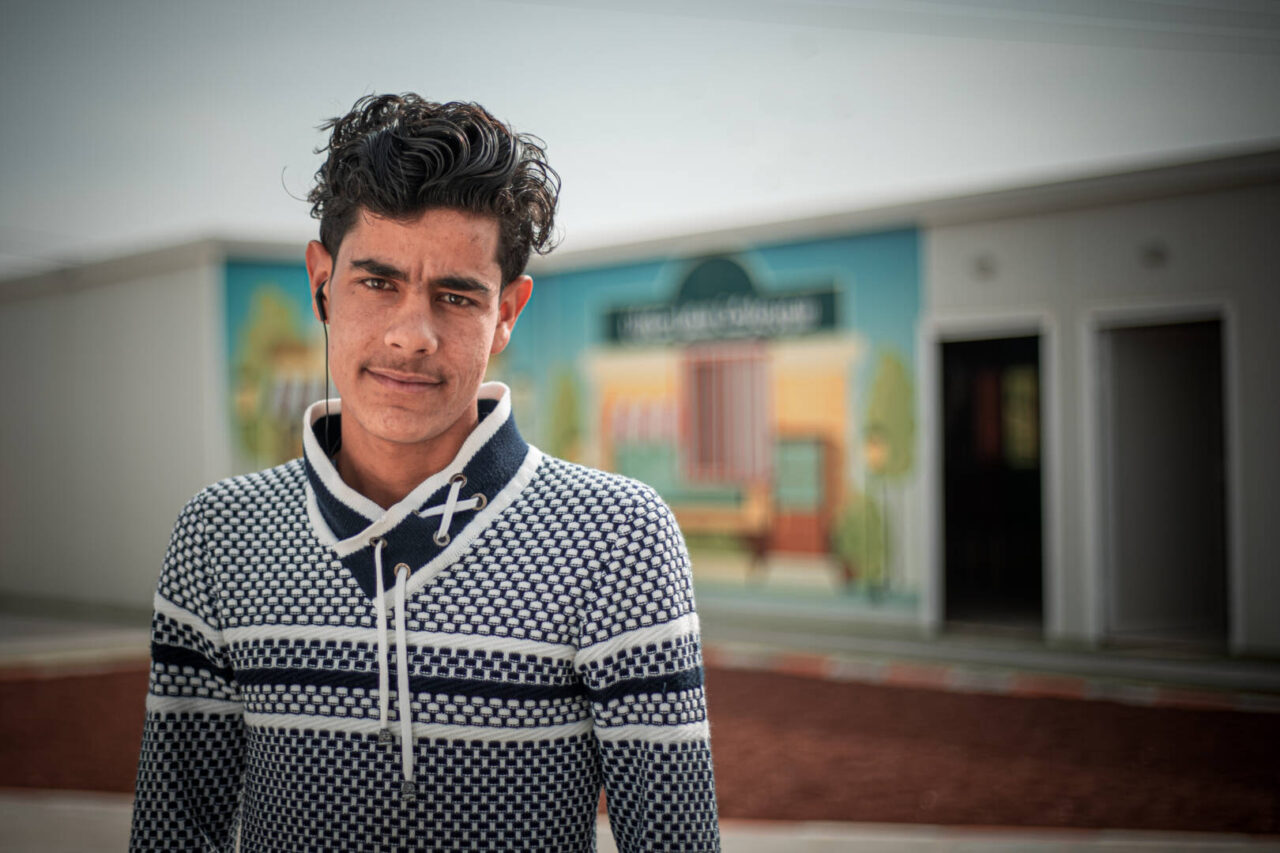
Azzam
War is all Azzam has known. Now 16 years old, Azzam credits World Vision for his new lease on life, learning from the Peace Road curriculum, from which children learn and develop life skills, values, and behaviors to maintain healthy relationships. Activities are designed to help children and teens who have experienced trauma to improve their well-being and life choices. Azzam’s sense of purpose is blossoming, and his community is growing. “Everyone knows each other, and everyone helps each other,” he says. “I feel safe and like part of one family.” Azzam wishes to become a doctor or an engineer so he can give back to the community.
*Name changed to align with World Vision’s Syria office protocols.
Alexandra Matei and Elias Abu Ata of World Vision’s Jordan staff contributed to this article, as did Sevil Omer of World Vision’s U.S. staff.
